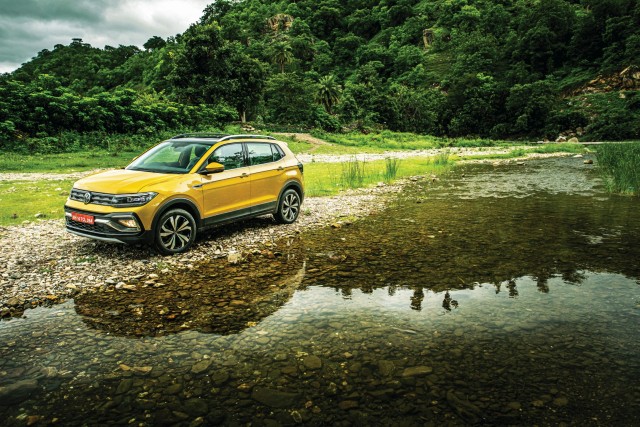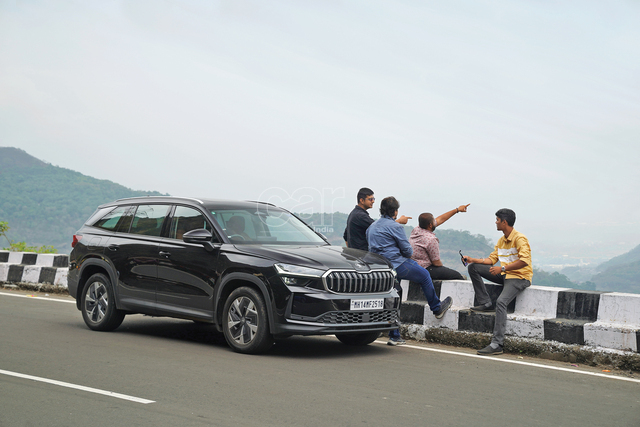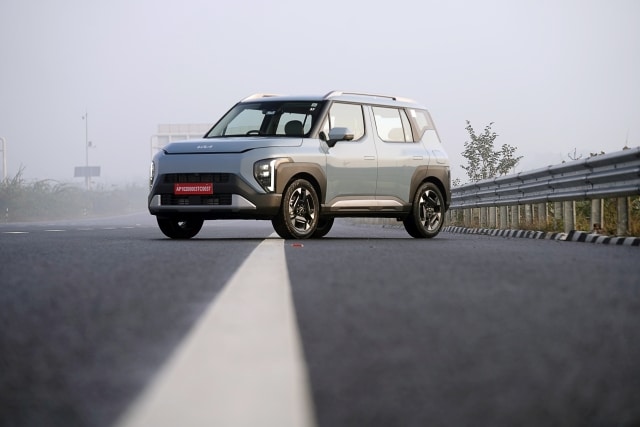
 The name ‘mercedes’ conjures up images of superiority, impeccable quality and aristocracy in india. This was true before the indian economy was liberalized and is true even today.
The name ‘mercedes’ conjures up images of superiority, impeccable quality and aristocracy in india. This was true before the indian economy was liberalized and is true even today.
if you want exclusive parking privileges in a five star hotel, shopping mall or office building, arriving in a mercedes is normally enough. The three point star makes the most irreverent of watchmen stand to attention. Try as they might, neither BmW or audi have been able to create this aura. With such ostensible qualities, one would imagine that mercedes would be on a roll in india. Well, not quite…
Mercedes got an early entry into the liberalizing indian market. call it vision or foresight. after all, daimler Benz was one of the few companies ready to lend technology to an indian company (Telco) when india was trying to industrialise. The early years for mercedes cars in india were easy. There was virtually no competition in the luxury car segment since import duties were very high. suddenly, however, everything started to change. BmW entered the market in 2007 and was soon followed by audi. The unthinkable happened. in less than three years, BmW raced ahead of mercedes and worse still, audi has also managed to race ahead from march 2012. Why has mercedes lost the race when it has just begun? The answers, as they say, are blowing in the wind.
When mercedes entered india, it had all the time in the world to select quality dealers who could give their customers an unforgettable buying experience. This is where the company stumbled. Whichever way you look at them, mercedes dealers come out second best. stories abound in the market about how dealers are waiting to fleece customers the moment they enter the service centre for service. one irate owner complained that it is routine to receive a call, a few hours after the car has been turned in, claiming that x y z was wrong with the car and would cost an extortionate sum to repair. in fact, one ex mercedes dealer used to charge `4000 only to wash the car after service. rogue dealers sadly give the product a bad name.
Secondly, mercedes spares are exhorbitantly priced. a mercedes owner, who is also a partner in a top legal firm in mumbai complained that he was told that his turbocharger had failed and would cost nearly `3 lakhs (the cost of a brand new maruti alto) to replace. his car, a e series had done around 40,000 kms and he was eager to know how long a mercedes turbocharger would last. his letters to the md of mercedes as well as to others on this point remained unanswered. his friend had a turbocharged mahindra suV with 80,000 kms on the clock and no trouble! mercedes spares in india are distinctly overpriced. The badge costs around `10,000 to replace and a routine service for the e series around `40,000.
Mercedes cars are solidly built and have had a reputation for bullet proof reliability. sadly, this is no longer the case. electronics in the vehicle are known to give trouble and even mechanically, the cars are not what they used to be. ‘Which’ magazine of the uK did not recommend the new e series as they felt that there were still too may niggles. No wonder, there are no free services and the warranty initially was for 50,000 kms/2 years only. Contrast this with Toyota’s 3 years/100000 kms no questions asked warranty on all their cars including the budget Etios!
Further, it appears that nobody in Mercedes wants to rock the boat as with small volumes, the Company is doing exceptionally well. All the cars cost the Indian consumers nearly twice the price in the UK. A Mercedes E250 CDi costs £ 32,000 approx. (less than `26Lakhs) before discounts and after including 20% VAT. Further, a look at the annual report of Mercedes Benz India Pvt.Ltd reveals a revenue of `2257 crores (including other income) and a profit before tax of `298 crores. Not bad going at all. On the other hand, Ford in India has wiped out over half its share capital.
Finally, Mercedes has clearly lost the marketing war. Both BMW and Audi have succeeded in pushing their brands with younger people and left Mercedes in a corner. “Mercedes is for the over 60’s” crowed a salesman at a luxury car showroom in Mumbai.
Does this indicate, then, that all is lost for Mercedes? Certainly not. The goodwill that the brand enjoys is still considerable and some forward looking steps can bolster it further.
For a start, rogue dealers need to be culled mercilessly. By conjuring up unnecessary repairs, they create a poor impression of the product’s quality.
Mercedes also needs to do some introspection on their own quality standards. Most Indians would be quite happy if troublesome electronic features were dumped. A little research will show how happy customers are with a product like Toyota’s Corolla which costs only a fraction and has developed a reputation for bullet proof reliability. And don’t forget, Toyota’s Lexus is round the corner.
Vehicle and spare pricing are two areas which need to be reviewed as also the length and spirit of the warranty given. Mercedes competitors are known to be very discount friendly which Mercedes (apart from some petrol models) is not. Aggressive pricing can bring back lost market share.
Finally, the brand needs to create a fresh image through advertising. It needs to identify more with younger people. It also needs to emphasize qualities like the back seat ride where it is supreme. After all, most luxury cars in India are chauffeur driven.
Can Mercedes do it? Yes, we bet it can. After all, the brand has succeeded in grabbing back the No.1 position in the United States (in April 2012) after a long period when it was number 3–Car India





















Leave a Reply